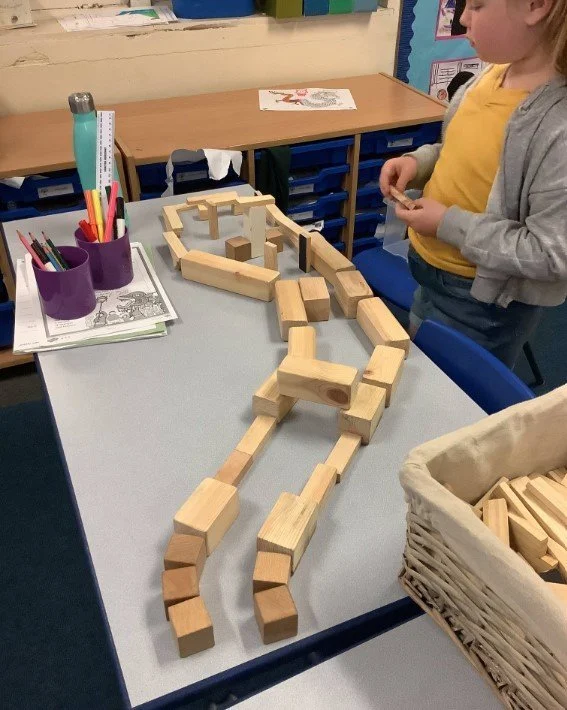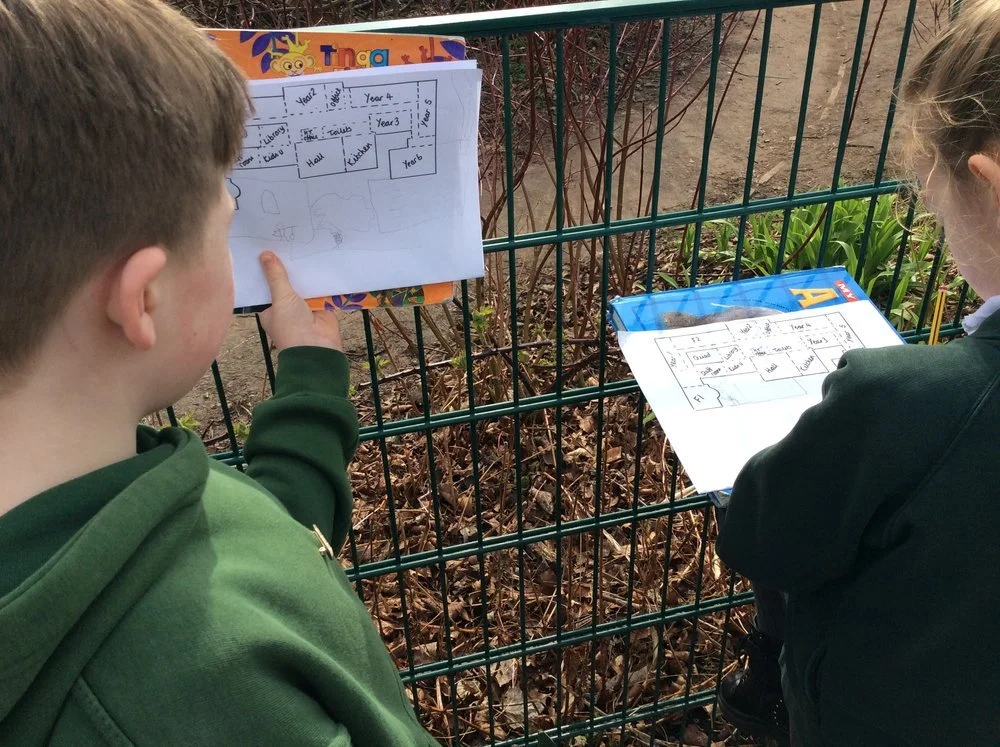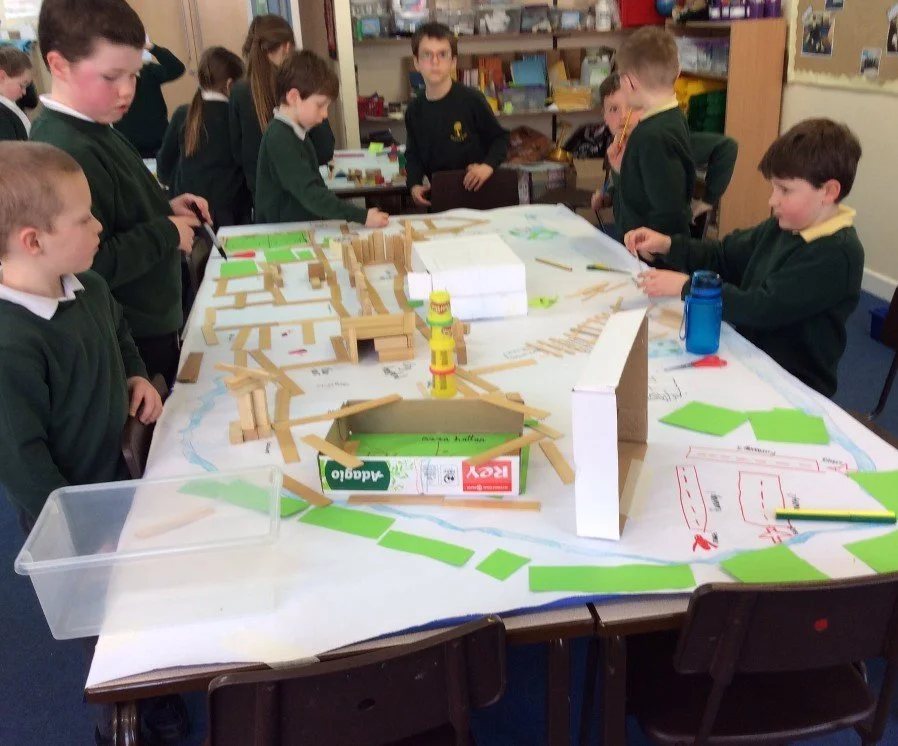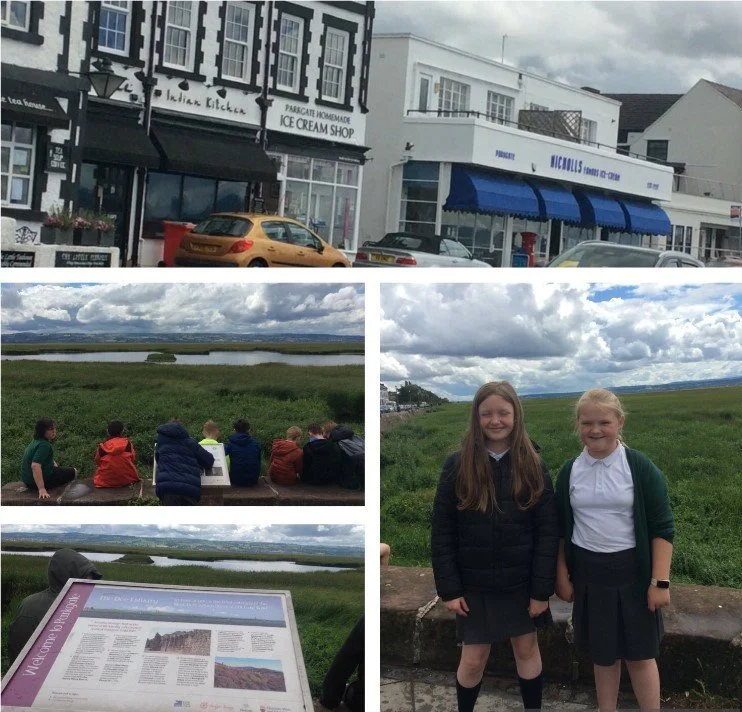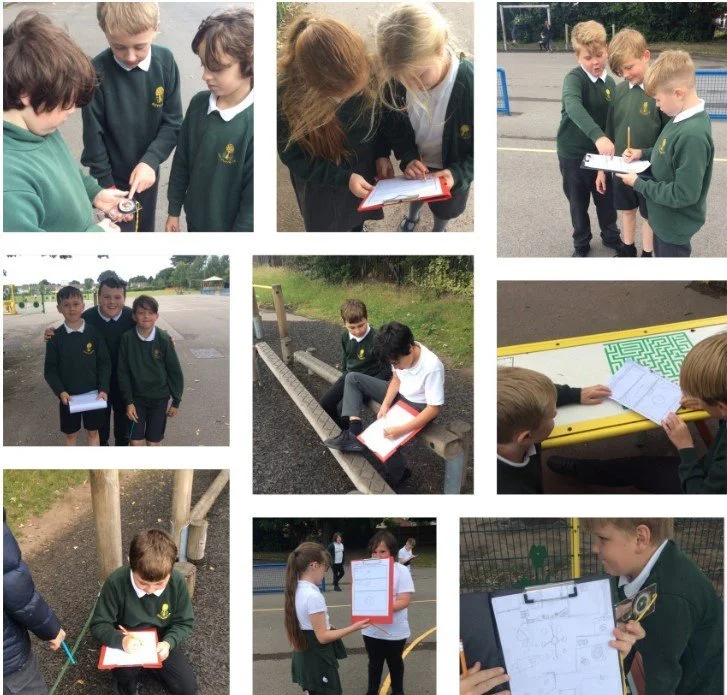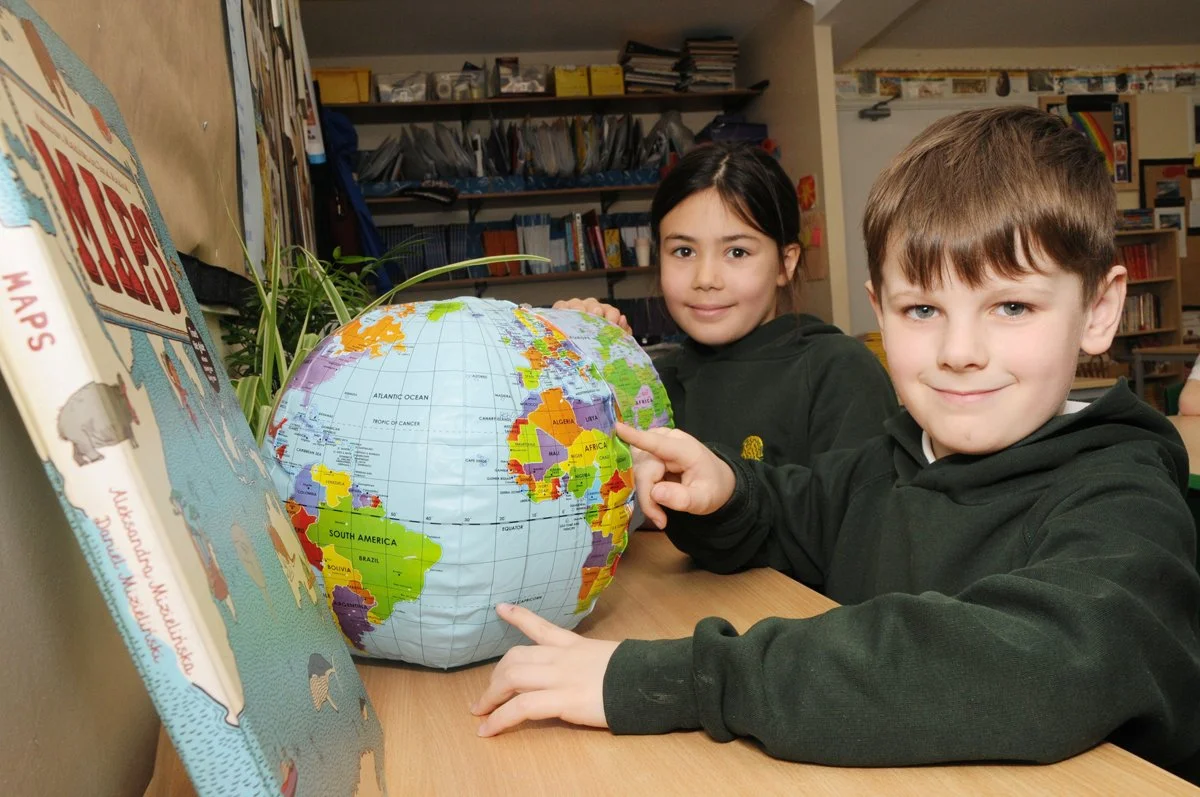
Geography
Geography
-
Mrs C Allport
-
At Heygarth, we believe that from the moment we are born, we instinctively use our senses to explore the world around us. This curiosity and fascination about our surroundings is encouraged and developed on entering school to ensure all children develop a greater understanding of the peoples and cultures that inhabit our world. This in turn, will lead children to gain a deeper respect for all aspects of the diverse planet we live on. We want our children to be inquisitive, inspired and enthused and eager to ask questions about their immediate surroundings and those much further afield and to be able to identify similarities and differences between themselves and those from other cultures.
Our school aims to encourage children to develop a sense of environmental responsibility – not just locally but also globally. Small tasks like collecting litter or turning lights off when leaving a room are just two examples of how the children take care of their immediate environment. From a very young age, the children are seeing the contributions they can make to protect our world.
-
Our Geography curriculum focuses on the acquisition of knowledge and the development of specific geographical skills. The immediate area is regularly revisited and trips to the wider area of Merseyside take place. As the children work through the curriculum they gain a greater understanding of their local area, the UK, Europe and the World. Many of the areas of study link to our Core Reading Texts.
EYFS - children begin their ‘geography’ learning by using their immediate surroundings and therefore have a hands on approach. This is developed through the EYFS framework, with an emphasis on ‘Understanding of the World’. The children progress by drawing simple maps and starting to identify similarities and differences between life in this country and life in other countries. They witness and discuss the natural changes that occur around them, including the four seasons.
Our Geography scheme of work aims to inspire pupils to become curious and explorative thinkers with a diverse knowledge of the world; in other words, to think like a geographer. We want pupils to develop the confidence to question and observe places, measure and record necessary data in various ways, and analyse and present their findings. Through our scheme of work, we aim to build an awareness of how Geography shapes our lives at multiple scales and over time. We hope to encourage pupils to become resourceful, active citizens who will have the skills to contribute to and improve the world around them.
Geography stimulates curiosity and imagination and at Heygarth Primary School we aim to build upon the child's "personal geography" by developing geographical skills, understanding and knowledge through studying places and themes.
We encourage children to learn by experience and we value fieldwork as an integral part of the geography curriculum.
Careful consideration has been given to the planning of the geography curriculum. The children start with their immediate surroundings and this allows them to develop a good understanding of their home and school environments and builds a sense of community. As they progress through school the UK and Europe is explored, allowing the children to broaden their horizons. By the time the children reach the end of Key Stage 2, the curriculum will have helped them develop a love for the subject of geography and also recognise their own role in becoming responsible global citizens.
Heygarth Primary School does not accept responsibility for external links:
